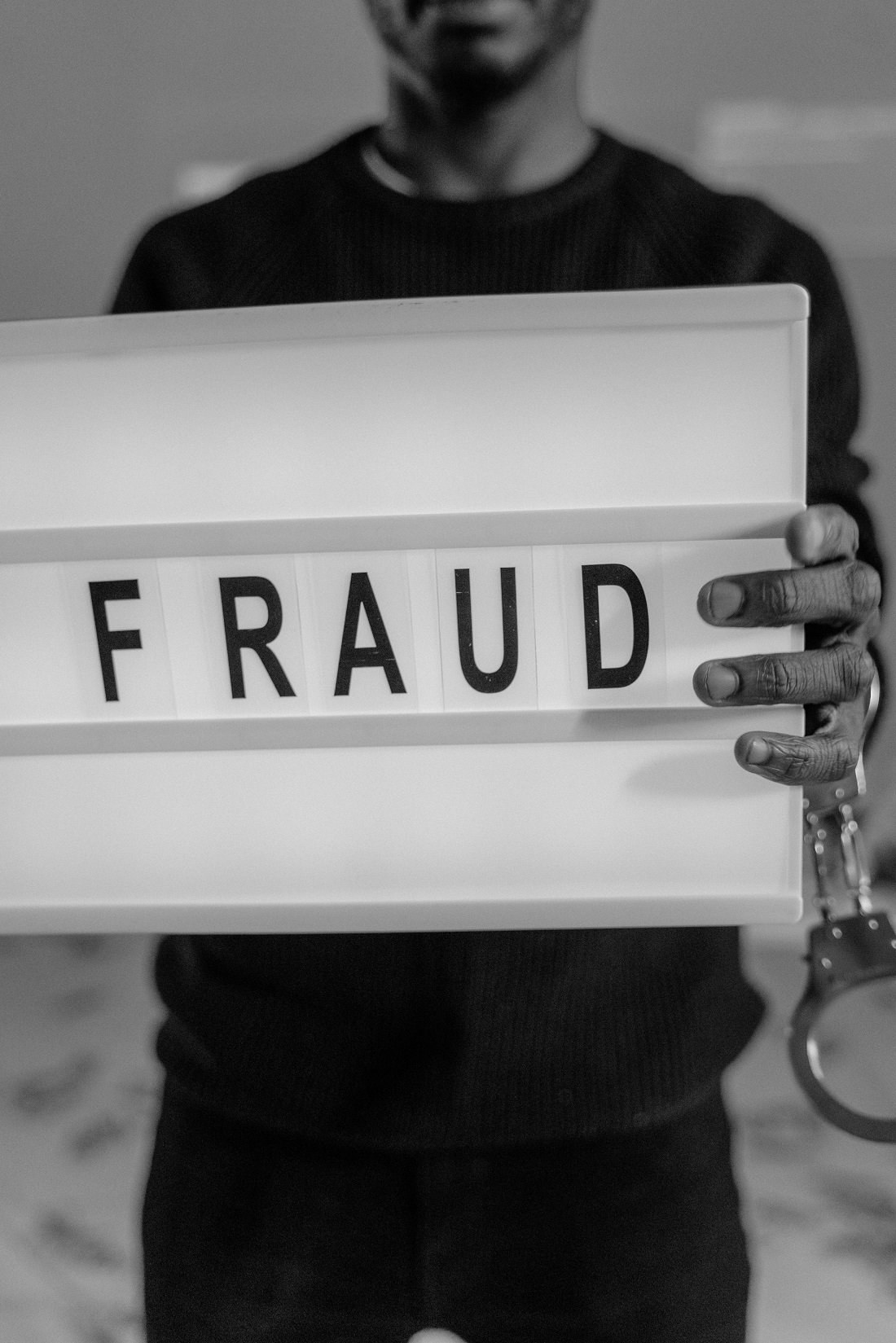
In today’s hyperconnected world where digital transactions, online profiles and electronic records have become the norm, the risk of identity theft has never been greater. Identity theft occurs when someone uses another person’s personal or financial information without permission, typically for fraudulent purposes. It’s a crime that can devastate individuals and businesses alike leading to financial loss damaged credit legal complications and emotional distress.
As cybercriminals grow more sophisticated the methods they use to steal identities are constantly evolving. Likewise strategies for protecting personal information must become more proactive and adaptive. Understanding the latest identity theft trends and prevention strategies is critical for consumers businesses and policymakers as they navigate a digital environment fraught with risks but filled with opportunities to safeguard personal data.
The Evolution of Identity Theft From Mail Fraud to Digital Attacks
Identity theft was often a low tech crime. Criminals stole wallets pilfered mail or dumpster dived for discarded bank statements and credit card offers. Today the threat has moved largely online driven by data breaches phishing schemes dark web markets, and sophisticated malware. Large scale cyberattacks on corporations healthcare providers and government agencies frequently result in the theft of sensitive personal information names addresses Social Security numbers medical histories and financial account details. This information is then sold or traded on the dark web where buyers use it to open fake credit lines file fraudulent tax returns commit insurance fraud or impersonate victims in other harmful ways.
The rise of mobile technology and social media has also contributed to the explosion of identity theft. People often overshare personal details online such as birth dates locations and even the names of family members which can be pieced together by scammers to answer security questions or spoof identity verification systems. Additionally criminals are now leveraging tools like artificial intelligence to create deepfakes, mimic voices and automate phishing scams allowing them to scale attacks more efficiently than ever before.
Major Identity Theft Trends in Recent Years

Synthetic Identity Fraud
One of the fastest-growing forms of identity theft is synthetic identity fraud. This occurs when criminals combine real and fake information such as a real Social Security number with a fictitious name and date of birth to create a new identity. This synthetic profile is then used to open bank accounts apply for credit or even gain employment. Because no single person is being impersonated synthetic identity theft often goes undetected for longer periods, making it particularly dangerous. Children’s Social Security numbers are especially vulnerable to this type of fraud since they often go unused for years.
Medical Identity Theft
Medical identity theft involves using someone’s personal information to receive medical services prescription drugs or insurance benefits. This type of fraud not only leads to financial loss but can also corrupt a victim’s medical records potentially resulting in dangerous or even life threatening situations. For example a thief’s health data allergies or blood type could be inaccurately recorded under the victim’s profile leading to incorrect treatment during a medical emergency.
Government Benefits Fraud
The COVID-19 pandemic saw a massive surge in unemployment and stimulus fraud. Criminals exploited overwhelmed systems to file fraudulent claims using stolen identities, raking in billions in government funds. Despite efforts to tighten controls identity theft involving tax refunds Social Security benefits and Medicare/Medicaid continues to be a major concern with fraudsters targeting vulnerable populations such as seniors and immigrants.
Business Identity Theft
Identity theft isn’t limited to individuals. Increasingly criminals target small businesses by impersonating company officers to open fraudulent lines of credit file fake business tax returns or change business registration information with state agencies. Since many small businesses lack robust cybersecurity infrastructure they’re especially attractive targets. The consequences can be severe from ruined credit and legal entanglements to reputational damage that is difficult to repair.
Account Takeovers and Credential Stuffing
With the rise of online banking e commerce, and digital wallets account takeover ATO fraud has become a leading threat. In ATO attacks criminals gain unauthorized access to an individual’s existing accounts often through stolen passwords or credential stuffing techniques where login details from one breach are tested on other sites. Once inside, they can drain funds make purchases or lock out the rightful owner. The proliferation of password reuse among users has only made these attacks easier.
Key Prevention Strategies How to Protect Your Identity
While identity theft can’t always be prevented individuals and businesses can take a number of proactive steps to reduce the risk significantly. The following are best practices recommended by cybersecurity experts law enforcement agencies and consumer protection groups
Use Strong Unique Passwords for Every Account
Password hygiene is fundamental. Use long complex passwords that include letters numbers and special characters and never reuse passwords across accounts. Consider using a password manager to securely generate and store your credentials.
Enable Multi-Factor Authentication MFA
MFA adds an extra layer of protection by requiring a second verification step like a text message app-generated code or biometric scan in addition to a password. Most banks email providers and financial services now offer MFA and it should be enabled wherever possible.
Monitor Financial Statements and Credit Reports
Regularly review your bank and credit card statements for suspicious transactions. Also obtain your free annual credit report from each of the three major credit bureaus Equifax Experian and TransUnion and look for unfamiliar accounts or inquiries. Services like Credit Karma can also alert you to significant changes.
Freeze Your Credit
A credit freeze prevents lenders from accessing your credit report making it much harder for criminals to open new accounts in your name. It’s free doesn’t affect your credit score and can be temporarily lifted when needed.
Be Wary of Phishing Scams
Always be skeptical of unsolicited emails texts or calls requesting personal information. Look for red flags like spelling errors suspicious links, or urgent language. Never click on unknown links or download attachments unless you’re sure of the source.
Secure Your Devices and Networks
Keep software apps and operating systems up to date to patch known vulnerabilities. Use antivirus programs, firewalls, and secure Wi-Fi networks. Avoid accessing sensitive information on public Wi-Fi without a virtual private network VPN.
Shred Personal Documents
Don’t discard sensitive documents like bank statements tax records or medical bills in the trash. Use a cross-cut shredder to destroy papers containing personal information before disposal.
Be Cautious on Social Media
Avoid oversharing personal details like your birthday address or even pet names which can be used to answer security questions. Adjust your privacy settings to limit who can see your posts and personal info.
What to Do If You Become a Victim
Despite your best efforts, it’s still possible to become a victim of identity theft. If that happens, swift action can help limit the damage.
File a report with the Federal Trade Commission FTC at IdentityTheft.gov. They’ll guide you through creating a recovery plan.
Contact affected financial institutions to freeze or close accounts.
Place a fraud alert on your credit reports by contacting one of the credit bureaus they must notify the others.
File a police report especially if you know the perpetrator or the theft has led to financial loss.
Keep detailed records of all correspondence reports and actions taken during your recovery.
The Role of Government and Regulation
Federal and state governments play an essential role in both combating identity theft and supporting victims. Agencies like the FTC, Social Security Administration SSA Internal Revenue Service IRS and Department of Justice DOJ all maintain dedicated programs to investigate fraud enforce penalties and provide consumer guidance. In recent years there has been growing bipartisan support for legislation that would enhance data security standards for businesses increase transparency in breach reporting and provide more resources for victims.


